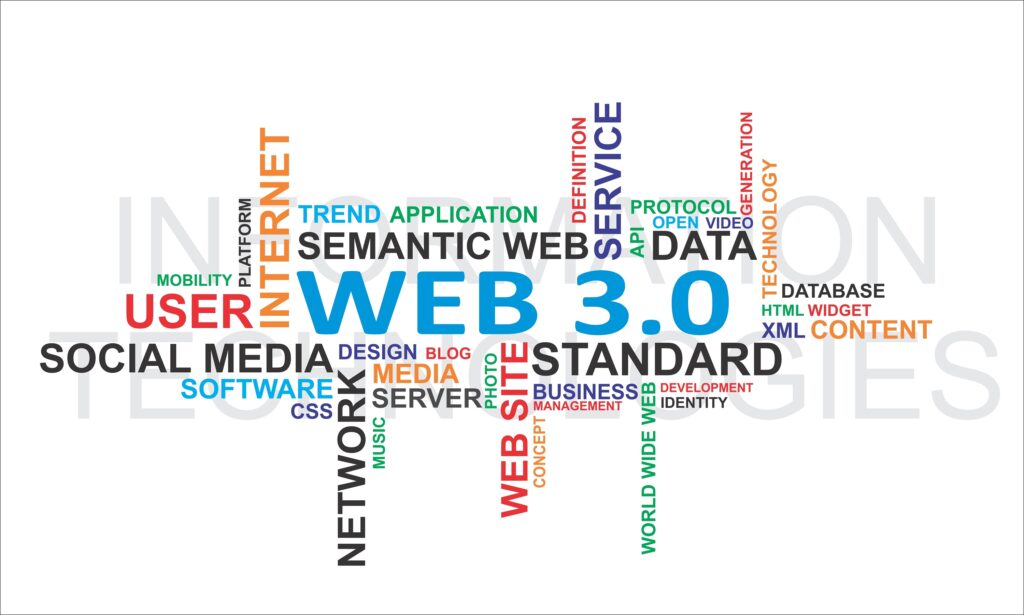How to Leverage Semantic SEO for Your Content Strategy
Search engines evolved beyond matching keywords. They now interpret intent, context, and entities. Semantic SEO harnesses this shift to boost visibility, relevance, and engagement. Learn steps that enhance content, connect topics, and satisfy user queries across Dallas–Fort Worth and beyond.

What Is Semantic SEO?
Semantic SEO optimizes for meaning instead of isolated keywords. Google’s BERT update handles natural language, parsing searcher intent at a phrase level. By focusing on concepts—entities like “digital marketing agency” or “local SEO services”—semantic strategies align content with how people actually speak and search.
1. Build Topic Clusters
To address complex queries, group related pages around a pillar topic.
- Ensure pillar clarity. A central page covers “Semantic SEO for content strategy” broadly.
- Improve subtopic focus. Cluster pages dive into LSI keywords, schema markup, FAQ optimization.
- Enhance internal linking. Link subtopics back to the pillar, guiding both users and crawlers through your information architecture.
Example: Create a pillar on “Local SEO Services Near Me” with clusters on Google Business Profile mastery, citation consistency, and mobile optimization.
2. Research High-Value Entities
Search engines index entities—people, places, products—within a knowledge graph.
- Identify core entities. Use tools like Google’s Knowledge Graph Search API to find relevant topics for “Dallas marketing agency.”
- Optimize mentions. Reference recognized entities naturally: “Everyday Media Group wins Best Customer Service on the Planet award.”
- Link to authoritative sources. Cite official pages and industry reports to reinforce credibility and semantic connections.
Fact: 46% of all Google searches seek local information, making entity relevance vital for local businesses .
3. Integrate Latent Semantic Indexing (LSI) Keywords
LSI keywords are semantically related terms that reinforce topic depth.
- Use keyword research tools. Gather 15–20 LSI terms for “expert Local SEO & Digital Marketing Services.”
- Optimize headings and subheadings. Place LSI terms like “Google My Business optimization,” “on-page SEO best practices,” and “mobile-first indexing.”
- Maintain natural flow. Write for readers, not robots. Semantic density should feel organic.
List of LSI terms:
- “keyword intent analysis”
- “structured data markup”
- “search intent optimization”
- “content topic modeling”
- “user experience signals”
4. Apply Structured Data and Schema Markup
Structured data highlights semantic relationships for search engines.
- Ensure correct schema types. Use Organization, LocalBusiness, and Service schemas to define your agency’s offerings.
- Improve rich results eligibility. FAQ, HowTo, and Review schemas can generate enhanced snippets.
- Validate markup. Test with Google’s Rich Results Test to guarantee accuracy.
Numeric Result: Websites using schema markup see up to a 30% increase in click-through rates .
5. Craft Authority-Building Content
Strong semantic SEO content educates, engages, and converts.
- Publish data-driven insights. Provide statistics—like “70% of local consumers use search before visiting a store”—with reference links.
- Offer real examples. Showcase case studies of how Everyday Media Group drove a 40% traffic lift for a Southlake business.
- Answer user questions. Use headings phrased as questions (e.g., “How does semantic SEO improve user experience?”) followed by concise answers.
Example Paragraph:
Semantic SEO improves crawl efficiency and user satisfaction by matching search intent. It enhances relevance, reducing bounce rates by up to 20% when content aligns with query context.
6. Optimize for User Experience Signals
Search engines weigh engagement metrics as semantic signals.
- Accelerate page speed. Aim for load times under 3 seconds to decrease bounce.
- Guarantee mobile responsiveness. Over 60% of searches occur on mobile; adopt responsive design and clear CTAs.
- Enhance readability. Use shorter paragraphs, bullet points, and bold key answers to guide readers’ eyes.
7. Leverage FAQs and Natural Language Queries
FAQ pages mirror conversational searches, satisfying voice and text queries alike.
- Generate unique questions. Use tools like AnswerThePublic to identify 10–15 semantic questions around “Local SEO Services Near Me.”
- Provide concise answers. Each answer starts with a direct response, then elaborates with examples.
- Implement FAQ schema. Mark up questions and answers to earn rich search features.
Sample FAQ:
Q: What are Local SEO Services Near Me?
A: Local SEO Services near you improve your business’s visibility in nearby searches through Google Business Profile optimization, local citations, and targeted content.
8. Monitor Semantic Performance
Tracking semantic metrics ensures ongoing optimization.
- Use Google Analytics for engagement. Monitor bounce rate, time on page, and scroll depth on semantic-optimized content.
- Track keyword clusters. Tools like SEMrush allow grouping keywords by topic rather than single terms, revealing cluster performance.
- Audit content regularly. Every 3–6 months, update facts, refresh references, and expand clusters to cover emerging semantic topics.
Your content deserves precision, depth, and relevance. Everyday Media Group crafts semantic SEO strategies that connect topics, satisfy user intent, and drive lasting growth in Dallas and Fort Worth. Ready to elevate your digital presence? Reach out today and discover why we’re the best digital marketing agency for DFW businesses.

